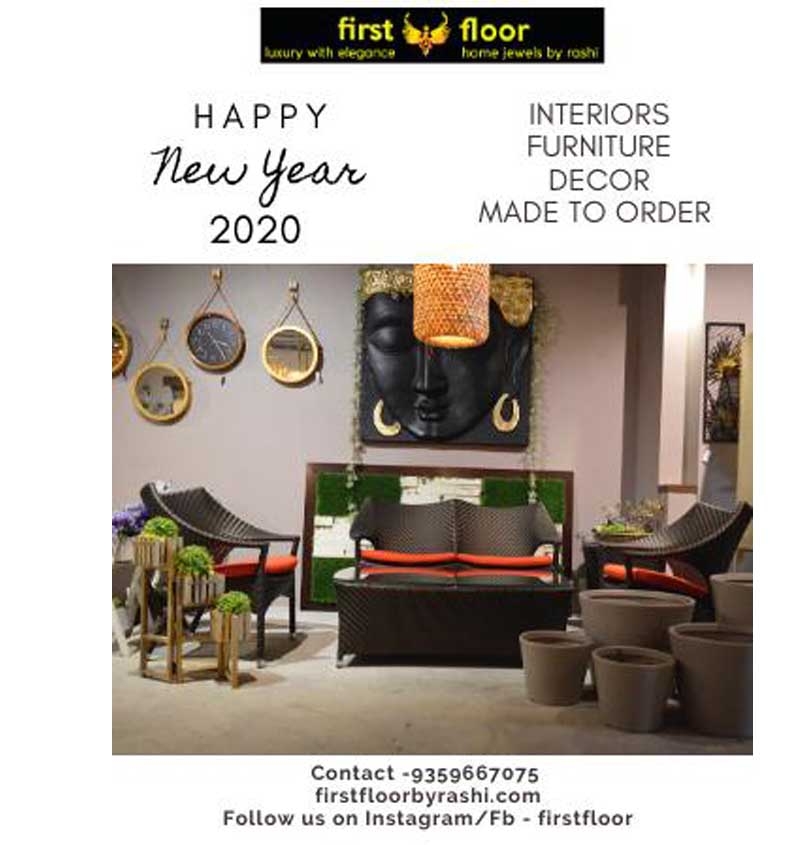The Functional Role of Furniture
The primary function of furniture is to provide comfort, convenience, and utility. Every piece serves a specific need, whether it’s seating, storage, or surfaces for work and leisure.
-
Seating: Sofas, chairs, and benches are essential for providing a place to relax, gather, and socialize. The placement and choice of seating determine the flow of a room, creating spaces for conversations, entertainment, and rest.
-
Storage: Shelves, cabinets, wardrobes, and dressers help organize belongings and reduce clutter. Efficient storage solutions allow homeowners to maintain a tidy, functional living space while showcasing decorative items in an orderly manner.
-
Work and Activity Spaces: Desks, dining tables, and coffee tables provide surfaces for work, eating, and social activities. The right table can serve as a gathering point for family meals or a workstation for creativity and productivity.
-
Multipurpose Furniture: With the rise of smaller living spaces, multifunctional furniture, such as convertible sofas, fold-out tables, and expandable shelving, has become crucial. These pieces maximize space without sacrificing style or comfort.
The Aesthetic Role of Furniture
Furniture is a fundamental component in defining the aesthetic of a home. The style, materials, colors, and textures of furniture pieces can significantly impact the overall atmosphere of a room.
-
Style and Theme: Furniture sets the tone for a room’s design. Whether you prefer mid-century modern, bohemian, industrial, or traditional styles, each type of furniture brings a unique look and feel. A carefully curated selection of furniture helps create a cohesive theme throughout the home.
-
Modern Furniture: Often characterized by clean lines, minimalism, and sleek finishes, modern furniture creates a sophisticated and clutter-free aesthetic.
-
Vintage or Antique Furniture: Adds character and history to a room, evoking nostalgia and warmth. These pieces can be statement items, providing a sense of timelessness.
-
Eclectic Furniture: Mixing different styles and eras, eclectic furniture reflects a bold, personal aesthetic that can make a space feel inviting and creative.
-
-
Color and Texture: Furniture is a key player in introducing color schemes and textures to a room. Sofas and chairs in neutral tones can serve as a calm backdrop for bolder accent pieces like colorful rugs or art, while vibrant furniture pieces can act as the focal point of a room. Additionally, fabric textures such as velvet, linen, or leather add tactile variety and dimension to a space, creating visual interest.
-
Proportions and Scale: The size and scale of furniture can influence the perception of a room’s space. Oversized furniture in a small room can make the space feel cramped, while appropriately scaled pieces create a harmonious and comfortable environment. Furniture that is proportionate to the size of a room enhances its visual appeal by making it feel balanced and inviting.
The Emotional Impact of Furniture
Furniture does more than just complement the style of a home; it can also evoke emotions and create a sense of comfort. The right piece of furniture has the power to turn a house into a home by fostering feelings of warmth, relaxation, and joy.
-
Comfort and Well-being: Comfortable furniture contributes to the overall well-being of the people who use it. For instance, a plush sofa invites relaxation, while a comfortable bed ensures restful sleep. The layout of the furniture also impacts how people interact with the space—well-arranged furniture encourages movement and socializing, making the home feel more welcoming.
-
Personal Expression: Furniture offers a unique opportunity for homeowners to express their personality and taste. A vintage armchair passed down through generations, a bold, colorful accent table, or a statement piece like a grand piano can showcase individual preferences, creating a space that feels authentically “you.”
-
Social Connection: In many ways, furniture shapes social experiences. A large dining table fosters family gatherings, while a sectional sofa provides ample seating for movie nights and casual conversations. Furniture can encourage connection by providing spaces where people naturally come together, enhancing the sense of community within the home.
Furniture as an Investment
Quality furniture is not just a functional and aesthetic addition to a home—it's also an investment. Durable, well-crafted furniture can last for years, even generations, while adding value to the home’s overall appeal.
-
Long-term Durability: High-quality furniture is often made from durable materials, such as solid wood, leather, or metal. Investing in sturdy furniture means less frequent replacements, making it a wise financial decision in the long run.
-
Increased Home Value: When carefully selected, stylish and functional furniture can increase the perceived value of a home. A well-furnished home with tastefully chosen pieces is often more attractive to potential buyers, adding to its resale value.
-
Sustainability: With increasing awareness around sustainability, many homeowners are turning to eco-friendly furniture options made from recycled materials or ethically sourced wood. Sustainable furniture choices can contribute to a greener planet while also enhancing the home’s aesthetic appeal.
The Role of Furniture in Various Spaces
Different rooms in the home require different types of furniture to serve their specific functions and enhance the atmosphere. Here's how furniture can transform key spaces:
-
Living Room: This is the heart of the home for relaxation and social interaction. A comfortable sofa, stylish armchairs, and coffee tables are essential to creating an inviting environment. Media consoles, bookshelves, and decorative accessories like lamps and throws help tie the room together.
-
Bedroom: A bed is the centerpiece of any bedroom, providing comfort and relaxation. Nightstands, wardrobes, dressers, and accent chairs help create a serene and organized space where you can unwind.
-
Dining Room: The dining table is the focal point of the dining room, often bringing family and friends together for shared meals. Dining chairs, buffets, and sideboards complete the room, providing both style and storage.
-
Home Office: A desk and ergonomic chair are the primary pieces of furniture in a home office. Shelving, filing cabinets, and task lighting help create an efficient and productive workspace that promotes focus and creativity.
Conclusion
Furniture plays a critical role in home decor by balancing functionality, aesthetics, and comfort. Whether it's the sofa that invites you to relax or the dining table where families gather, furniture shapes how we experience our living spaces. As a form of personal expression and an investment in long-term comfort, the right furniture choices can transform any home into a stylish, functional, and welcoming environment. When thoughtfully selected, furniture is more than just a physical item—it becomes an integral part of the story and personality of your home



















Your Message